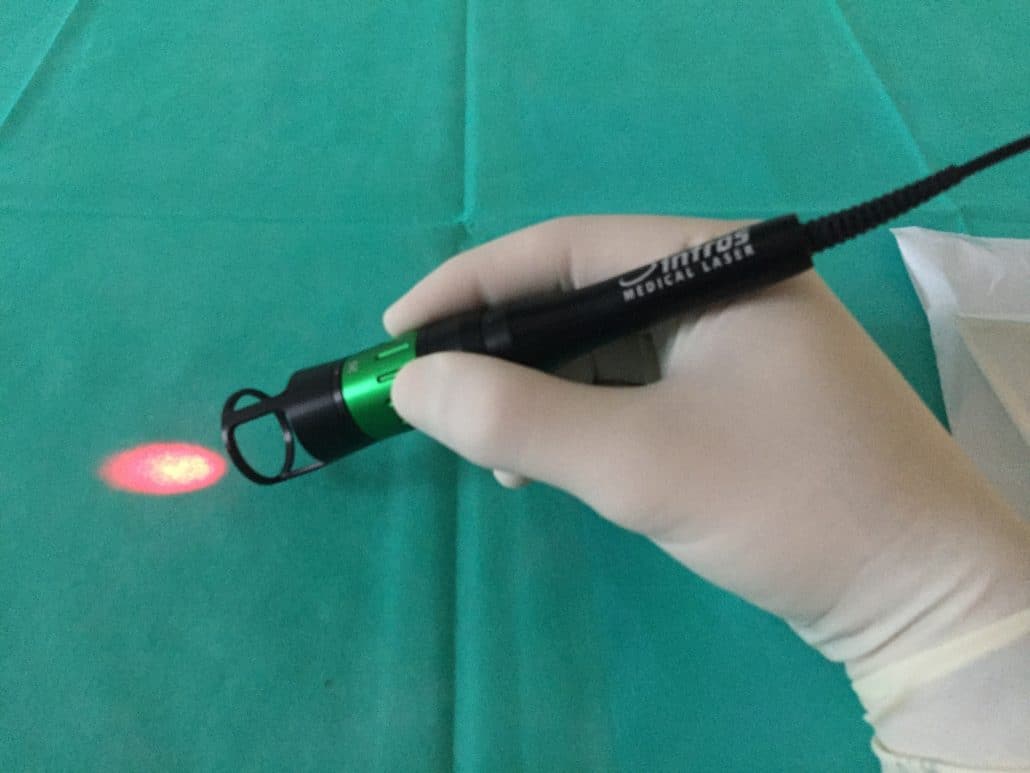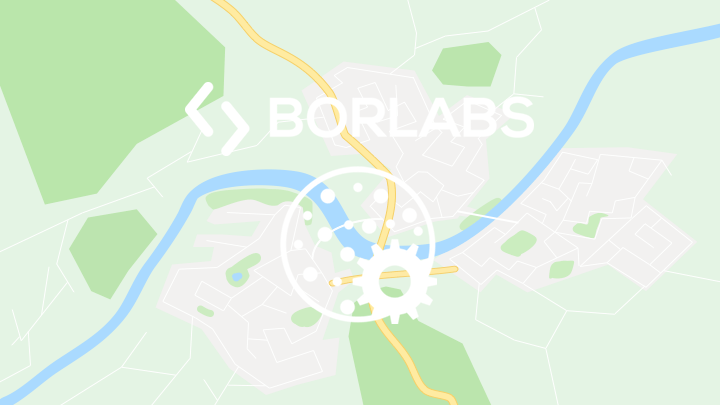Brearley, R. (1988). Perianal thrombosis. Diseases of the Colon & Rectum, 31(5), 403-404-403.
Delaini GG, Bortolasi L, Falezza G, Barbosa A. Trombosi emorroidaria ed ematoma perianale: diagnosi e trattamento [Hemorrhoidal thrombosis and perianal hematoma: diagnosis and treatment]. Ann Ital Chir. 1995 Nov-Dec;66(6):783-5. Italian. PMID: 8712590.
Eso Y, Yoshiji S, Nakakubo Y, Matsuura M, Seno H. Acute Anorectal Thrombophlebitis Caused by a Protein C Deficiency. Intern Med. 2018 Jan 15;57(2):209-212.
Grundei, T. (2015). Everyday proctology from a surgeon's perspective. Der Hautarzt, 66(6), 423-429.
Hager T. (1978). Frequent anal and perianal disorders and their treatment. Fortschritte der Medizin, 96(32), 1584-1588.
Hegde, R., Trombold, J. M., & Dominguez, J. M. (2020). Colorectal surgery review for primary care providers. Missouri medicine, 117(2), 154-158.
Herold A. (2020). Differenzialdiagnose des Hämorrhoidalleidens [Differential diagnosis of hemorrhoidal disease]. Der Hautarzt; Zeitschrift fur Dermatologie, Venerologie, und verwandte Gebiete, 71(4), 269-274.
Iseli A. (1991). Office treatment of haemorrhoids and perianal haematoma. Australian family physician, 20(3), 284-290.
Khalil, P. N., Kleespies, A., & Siebeck, M. (2009). Anal venous thrombosis [Anal venous thrombosis]. MMW Advances in Medicine, 151(39), 39.
Klug, W., & Knoch, H. G. (1984). Haemorrhoids and perianal thrombosis-diagnosis, therapy, results]. Zeitschrift fur arztliche Fortbildung, 78(7), 263-267.
Roblick, M., & Farke, S. (2018). Anal pain - emergencies in proctology. coloproctology, 40(6), 463-473.
Wienert, V., & Grubbendorf, E. I. (1973). Perianal thrombosis [Perianal thrombosis]. Fortschritte der Medizin, 91(29), 1137-1139.





